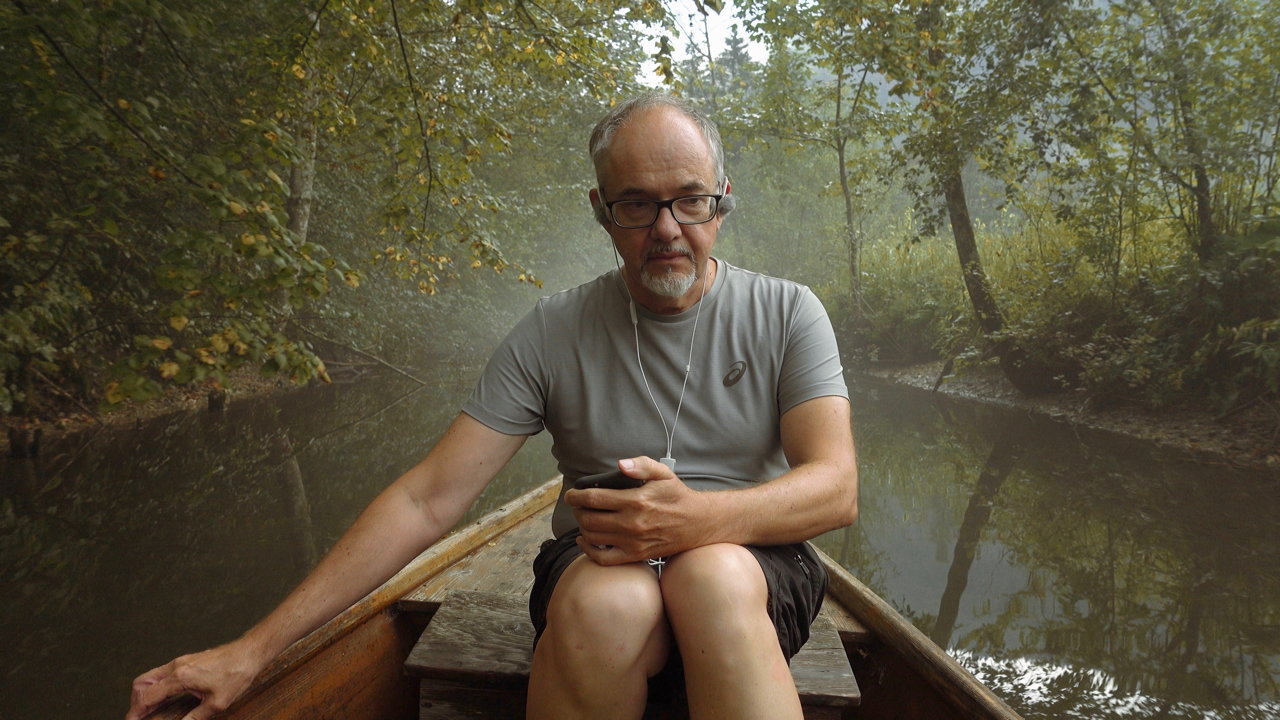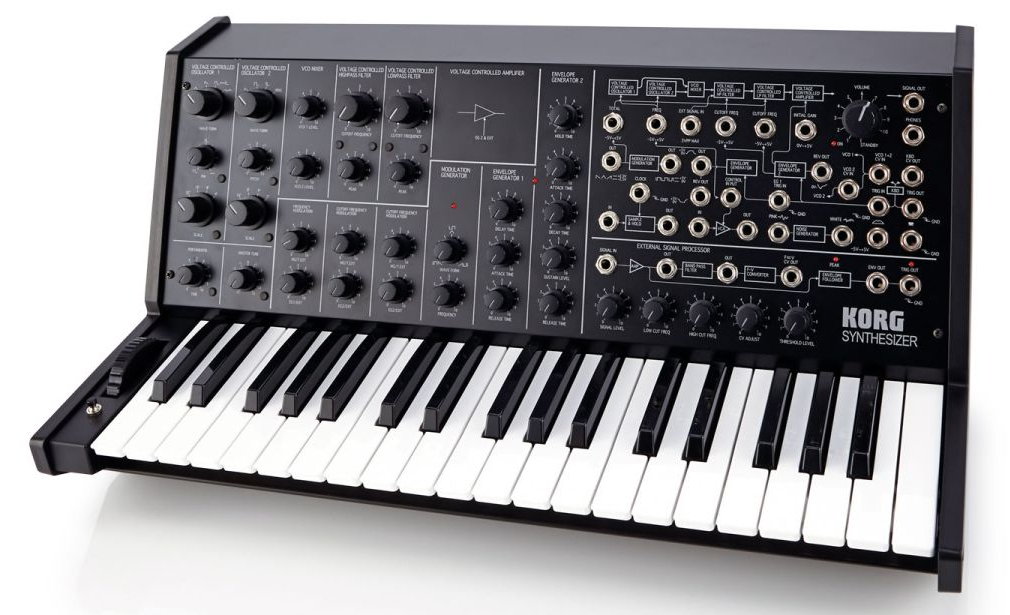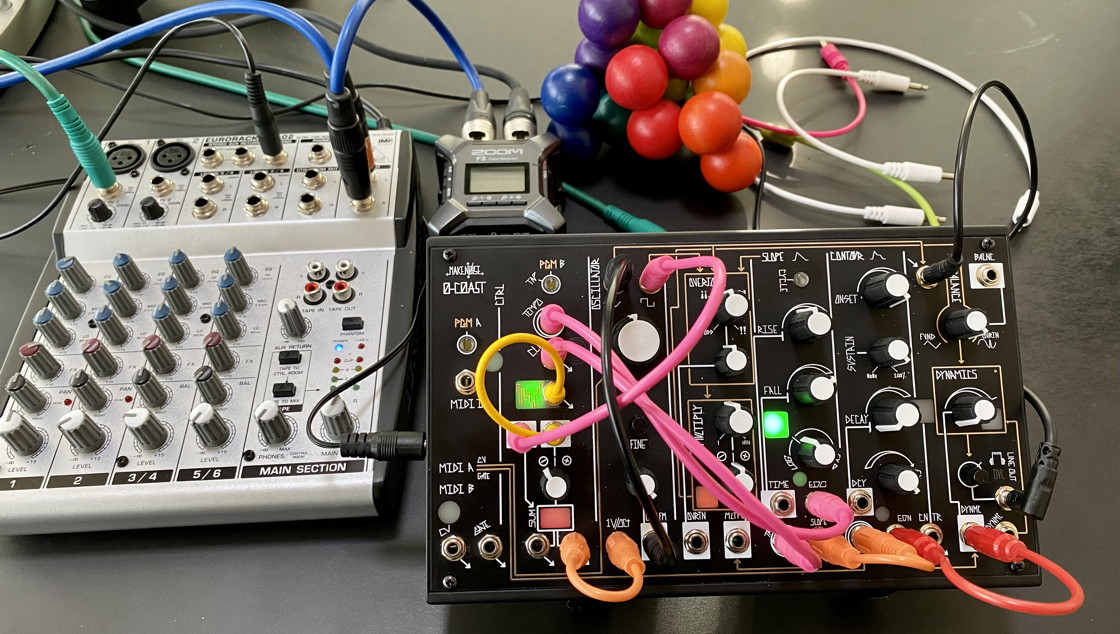
Karlheinz Essl
Challenged by Change. Composing in Times of Crisis
Web version of a lecture/recital
Symposium Komposition & Forschung
Gustav Mahler Privatuniversität für Musik Klagenfurt
14. März 2023

Karlheinz Essl
Web version of a lecture/recital
Symposium Komposition & Forschung
Gustav Mahler Privatuniversität für Musik Klagenfurt
14. März 2023
1) During the Corona crisis of 2020/21, four composers were given the task of setting a cycle of paintings by Valentin Oman - the famous Slovenian-Carinthian painter - to music together. The conditions for this endeavour were extremely unfavourable: they hardly knew each other, lived in different places and could not meet in person because of the COVID lockdown. I will describe how this collaboration nevertheless developed and how the critical initial conditions finally led to a collective artistic solution that might have turned out quite differently under "normal" conditions.
2) A few years earlier, not least under the impression of climate change, I had begun to explore my surroundings acoustically. Using special microphones that I placed in my ears, I recorded the sounds of natural and urban landscapes using the so-called 'artificial head technique' and thus preserve them as a document of time. From these recordings, I composed a series of immersive soundscapes using self-developed computer algorithms, which I sent to the writer Erwin Uhrmann. He was inspired by the sounds and their narratives to write lyrical texts, which in turn radically changed my sound composition. Our collaboration culminated in an audio book to which others contributed artistic and scientific comments and reflections.
3) Last summer I experienced a deep crisis of meaning because of the war in Ukraine. How could I go on composing under these circumstances, with the world on the verge of collapse? Feeling paralysed, I realised that I had to start from completely different premises and venture into the unknown. I decided on an experiment, a departure "into the open", with no guarantee of success. I wanted to abandon everything I had developed in terms of compositional concepts over the last 40 years and forbade myself to use computers in the production of electronic music. For the first time in decades, I began to work with analogue modular synthesizers, which I had avoided for a long time.

Lecture of Karlheinz Essl
GMPU Klagenfurt, 14 Mar 2023
Photo: Hakan Ulus

Valentin Oman: Piran Way of the Cross (excerpt)
© Valentin Oman
On the initiative of flautist Elisabeth Möst, a collective of four composers was formed in 2020 to comment musically on these paintings:
Many questions had to be answered:
First we worked on the formal architecture of the whole composition. The character, instrumentation and duration of the individual movements were derived from their thematic content, and the formal structure followed the shape of the letter TAU. The fourteen stations defined in this way had to be divided between the four composers, with each composer having an equal share: three stations per composer. The remaining two movements should be written together. But how could this be done?

This question was discussed intensively before a clever solution was found. We decided to use the framing parts I and XIV, which in turn were divided into 14 short segments. Each of these segments was defined in terms of harmonic and duration and then shared between us. In order to avoid an arbitrary patchwork, the individual segments were composed sequentially and passed on from one composer to the next like a relay race. The compositional continuation was to refer to what had happened before. Over a period of months, a common thread of sound emerged, which was spun and dramaturgically developed.
TAU I - collective composition by Essl, Glinsner, Gruchmann and Körber
Subtitles with composer's names
A film by Simon Essl and Sebastian Kubelka, 2021
That is why I often carry a recording device with me. Listening to these recordings, however, is usually disappointing. Although they remind me of what I have heard before, they cannot reproduce the complexity of the reality. As full spatial dimension cannot be reproduced in conventional stereophony, they lack the transparency and audibility of the original. These recordings seem flat and disembodied, like a photographic reproduction of a three-dimensional landscape.
The solution is a method I already experimented with in the 1970s as a teenager: binaural artificial head („Kunstkopf”) stereophony. This involves equipping an anatomically replicated dummy head with two microphones that sit inside the ears instead of the eardrum. The stereo recordings created in this way reproduce the original spatial sound amazingly well when listening through headphones, creating an immersive experience.

Binaural field recording with the Sennheiser AMBEO Smart Headset
© 2018 by Simon Essl
Carrying such a bulky device around prevents spontaneous recording, of course. Instead, for some years now I have been using two small microphone capsules that I simply put into my ears, turning my own head into an 'artificial head'. This allows me to make high-quality, three-dimensional sound recordings at any time. They are precisely documented with a photo of the recording location, the exact geographical position and a brief description of the recording situation with date and time. Over the years, this has resulted in an extensive archive of binaural sound recordings from all over the world.
Each recording is a solitary document that reflects a specific situation. But what happens when I interweave several independent soundscapes? What compositional possibilities arise?
This is the starting point for my work-in-progress H.E.A.D., which I started in 2018. The title is an acronym that stands for "Hearing Entirely Artificial Dreams" and refers to my own head, with which these recordings were made, as well as to the artificial dream worlds that emerge from the interweaving of multiple soundscapes.
So far, 55 different pieces have been created, whose titles - again 4-letter acronyms - refer to the place or situation in which the sounds were recorded. The enigmatic resolution of the acronym is written in brackets. Here are some examples:
Let me demonstrate this with S.I.L.L. (Sounds Intercept Little Lovers), which can be seen as an homage to Anton Webern. The soundscapes were recorded in Mittersill in November 2018, when I installed my sound installation WebernUhrWerk in the town's main square. I will play short examples of the four recordings with a photo of the location, the geographical position on the map and a short description of the situation. For the geolocation I used the internet service what3words, which translates the exact geographical position into a sequence of 3 words. I will explain this a little later.
„Mountain Peace”
Date: Friday 9 Nov 2018, 10:30am
Location: ortskundiger.eibe.segler
Description: Very quiet atmosphere at Mayerhofen, a mountain pasture north of Mittersill. An elderly hiker passes by, panting, and briefly returns my greeting with "Servus!".

„Webern’s Grave”
Date: Friday 9 Nov 2018, 9:15am
Location: besuchten.verehren.löcher
Description: In the morning at Anton Webern's grave in Mittersill. Very quiet scenery with birds chirping and the soft sounds of a grave caretaker. Now and then a cock is crowing. At 9:15am a stroke of the church bell.

„Cow Pasture”
Date: Thursday 8 Nov 2018, 4:00pm
Location: benötigen.ablenken.ortskundige
Description: At a cow pasture in Mittersill during a hike along the Anton Webern Trail. Protected by a spiked fence, I listen to the scenery. A black cow seems interested in me, comes very close to the fence and wants to be stroked. A second one joins her. At the end, two more cows march by, jingling their cowbells. This bucolic idyll is framed by the noise of cars on the nearby mountain road.

„WebernSpielWerk”
Thursday 8 Nov 2018, 2:30pm
Location: engeln.teppiche.neuerung
Description: Test run of my sound installation WebernUhrWerk on Mittersill's town square. Heavy traffic roars around me. Passages from my sound installation resound again and again from the loudspeakers installed on the municipal office and the town square.

These four soundscape are algorithmically mixed by a computer program written in Max. Imagine the four soundscapes radiating from each side of a virtual square towards the centre. By moving around this plane - either with the mouse or through an algorithmic "random walk" - you can create different transitions and mixes of the output sounds in real time. Listening through headphones, one can easily enter this immersive three-dimensional sound space that is constantly changing.

Max patch for S.I.L.L.
© 2018 by Karlheinz Essl
This algorithm generates an infinite sonic process: a dreamlike and surrealistic narrative based on the idea of permanent transition. Everything that seemed familiar and orderly is transformed into a fluid state that challenges the listener to take a new position, which in turn is questioned.

Front cover of the audio book K.O.P.F.
by Karlheinz Essl, Erwin Uhrmann et al.
© 2021 Limbus Verlag
After the first H.E.A.D. pieces had been created, I asked the author Erwin Uhrmann to write lyrical texts for them. He was inspired not only by the soundscapes, but also by the photos and the documentation of my recordings. Geolocations played an important role, for which I used the Internet service what3words:
what3words divides the world into a grid of 3x3 meters. Each of these squares is assigned a unique sequence of three words that can be used to locate that particular place on the map:
This address refers to the exact location where the sound was recorded. As opposed to the standard numerical geo-coordinates (N 46.621267 / E 14.313697) this sequence of words is much easier to remember.
The challenge for the author was to incorporate these arbitrary words into his text. This externally imposed rule – a "constraint" in the sense of George Perec and the group OuLiPo – led Uhrmann to completely new literary inventions.

Recording session with Erwin Uhrmann
© 2020 by Johanna Uhrmann
Erwin spoke his texts himself and I recorded them with the help of an artificial head. These recordings were then superimposed on the soundscapes. It turned out that the original tracks with their random sound mix no longer worked in combination with the speech and had to be rearranged.
More texts followed over the course of the year, and finally the audio book K.O.P.F. was created, for which we also invited other authors, sound artists and scientists to participate in our discourse. The book and CD were published by Limbus in 2021.
S.I.L.L. (Sounds Intercept Little Lovers)
S.I.L.L. (Sounds Intercept Little Lovers)
Hommage à Anton WebernSie besuchten ihn regelmäßig Schlag Zwölf
verehren seinen Ort, respektieren seine Erinnerung.Ein Ortskundiger weiß immer um den Weg
zu den zweiten und dritten Orten.Vorbei an der Eibe, steil bergauf, zwei Mal an der Gabelung nach links...
Schlag Zwölf in Mittersill.
Nach dem Hahn stellt er das Uhrwerk.
Nach der Schwarzbunten stellt er das Uhrwerk.
Nach den Vogelschwärmen stellt er das Uhrwerk.
Über den Dächern dieser Berge gleiten Segler,
den buchstäblichen Engeln ähnelnd,
doch stellen sie an diesen Nachmittagen
ein Bild von außerweltlicher Weite
und der Möglichkeit einer Existenz nach dem Ableben
und eines Bogens von hierhin nach dorthin
dar als Bild.
(...)
Last summer I fell into a deep crisis - not least because of the war in Ukraine - which also brought my artistic activities to a standstill. It was no longer possible for me to continue my work with my accustomed and beloved methods. I realised that I had to leave my comfort zone and enter new territory once again. But how can I compose electronic music without computers and software?
During a general "digital detox" I was looking for new possibilities. In the archives of my studio, I came across some old voltage-controlled analogue synthesizers that I had experimented with a long time ago, like the legendary KORG MS-20.

KORG MS20 modular synth
By connecting the different modules – voltage-controlled oscillators, filters, function generators or modulators – with patch chords, one can create individual setups that define an instrument and it’s behaviour. However, apart from this welcome architectural openness, I found it difficult to realise my artistic ideas. These synthesizers have been designed for a genre of music that I'm not particularly interested in. In addition, many of them are equipped with keyboards, which is an absolute "no-go" for me, as it represents a concept of musical thinking based on notes, which does not play a major role for me in the field of experimental electronic music.
My friend Gerhard Eckel, who teaches at the Institute for Electronic Music at the University of Music in Graz, suggested that I take a closer look at the 0-Coast Synthesizer, which features a rather unconventional system architecture.

Setup of my 0-Coast modular synth
© 2023 by Karlheinz Essl
Based neither on the classic Moog synthesizer of the East Coast nor on the Buchla system of the West Coast – hence the name „Zero Coast“ – it tries to combine the best of both worlds. Although it is possible to connect a keyboard or MIDI sequencer, this was out of the question for me anyway.
I have to admit that it was quite a challenge to submit to a system that I had not built from scratch. And it took me a lot of sometimes frustrating experimentation to get reasonable sounds out of this little box, because the wiring possibilities are enormous. Also, the individual control signals and parameters cannot be considered in isolation, as they are interdependent. And finally, it‘s nearly impossible to recall the state of the system which cannot be stored. Everything appears quite fragile and volatile.
During my research I discovered how feedback routings can create non-linear systems with chaotic states that sound fascinating. However, this requires constant balancing of the control signals with the countless knobs. Performing live on this newly constructed 'instrument' becomes an adventure that leaves a sonic trail: It's like riding a wild horse across the Wörthersee. Maybe the perfect metaphor of the critical situation that most of us experience these days.
To conclude my talk, I would like to show you a short excerpt of a piece from my work-in-progress Coastlines . On this video you can clearly see how the movement of the knobs affects the sound. Thank you for your attention!
Coastline #22
Performed live by Karlheinz Essl
Studio kHz, 18 Jan 2023
| Home | Works | Sounds | Bibliography | Concerts |
Updated: 21 Nov 2024